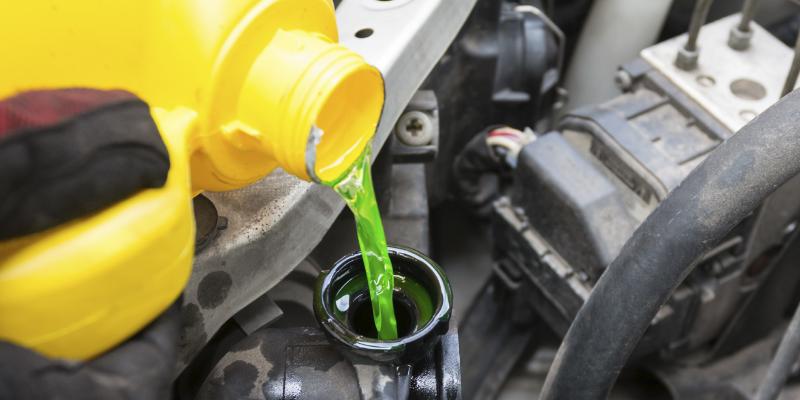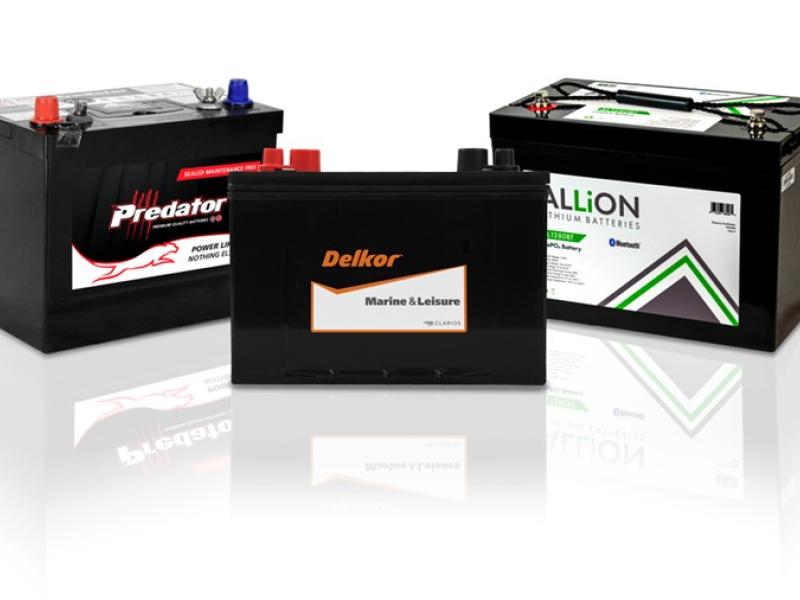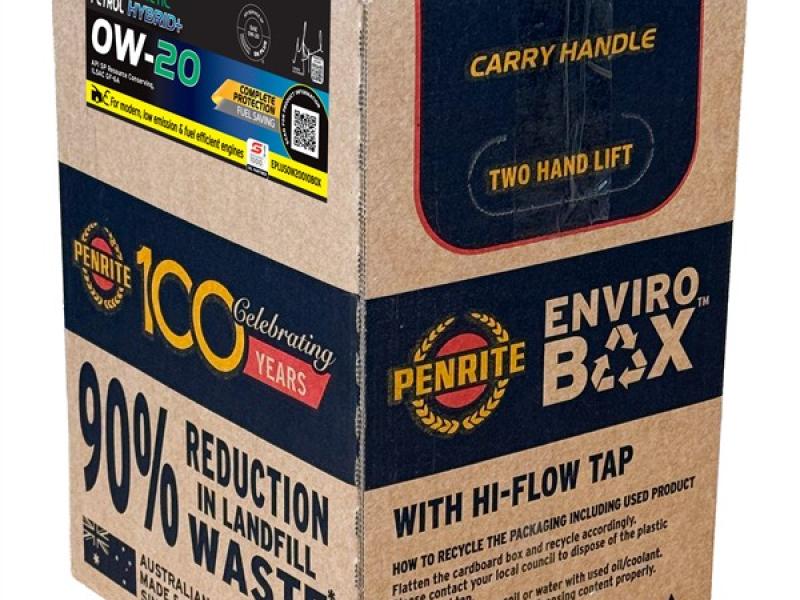With the continuous requirements to improve engine efficiency, lower fuel consumption and reduce emissions the demands on cooling systems are constantly increasing.
Modern smaller turbocharged engines demand cooling system design based on their power output not capacity, fortunately their smaller physical size leaves more space in the engine bay.
Electronic engine cooling system control
Reducing the parasitic power loss form conventional water pumps is seeing electric pumps grow in popularity with electric fans offering similar benefits. Apart from lower power losses electric pumps and fans allow for future development of enhanced engine cooling control systems (ECS), current systems are still fairly crude and need to accommodate significant safety margins to avoid over heating in extreme circumstances, having an electronic ECS would have significant benefits across initial warmup, steady state operation and extreme conditions by optimising water flow and cooling strategies.
Split cooling systems
One technique to lower pollutants is to increase the engine operating temperature, which reduces HC’s and CO – but conversely increases NOx formation. One option that is being investigated is having split cooling systems with the aim of lowering cylinder head temperatures whilst letting the rest of the engine operate at a higher temperature. This reduces the propensity for knocking and also NOx formation. In this system the head and engine block would be cooled by independent circuits. The lower cylinder head temperature increases volumetric efficiency and allows more rapid and complete combustion lowering HC, CO and NOx simultaneously. In some research the block temperature set point was set at 100˚C whilst the head was set at 50˚C but a block temperature of 80˚C seemed optimum. This allowed compression rations up to 12:1 and fuel consumption improvements of five to seven percent.
Nano particles in coolant
Research is continuing to find ways to enhance the heat capacity and heat transfer of coolants by adding nano particles to the coolant (Nano particles are 1-100 nano-metres (nm) in size. Particles used include metals, oxides, carbides and carbon nano tubes. Some reports show improvements of between 25 - 55 percent in heat transfer coefficient.
Hopefully this will let us all keep our cool moving ahead!






